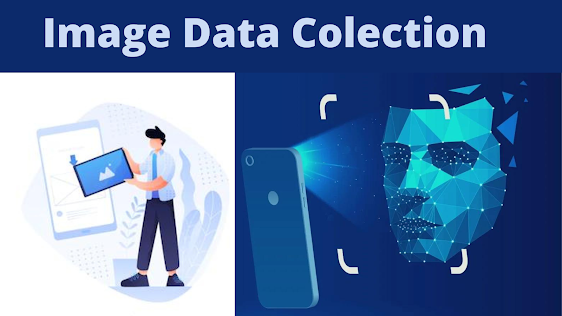How Image Data Collection Is Done For Machine Learning
The development of computer vision and image recognition concepts has been aided by recent advances in machine learning and artificial intelligence. Image recognition aids in analysing and categorizing things based on taught algorithms, which is useful for managing a driverless automobile and performing face detection for biometric access. We humans can easily notice and distinguish various qualities of items when it comes to identifying photos. This is due to the fact that our brains have been subconsciously educated with the same collection of images that have allowed us to distinguish between objects with ease.
When we interpret the real world, we scarcely even register it. We have no trouble interacting with many visual elements and easily telling them apart. All of the processes are effortlessly carried out by our subconscious mind. In contrast to human brains, computers perceive images as a collection of numerical values and search for patterns in digital images, whether they are still, moving, animated, or even live, in order to identify and distinguish the image’s most important aspects. A system views an image entirely differently than a human would. In order to assess and comprehend visuals from a single image or a series of images, computer vision requires image data collection. The accurate identification of pedestrians and automobiles on the road using millions of user-uploaded images is an example of computer vision in action.
What is Image Data Collection?
In computer vision, a dataset is a carefully managed collection of digital images that programmers use to test, train and assess the effectiveness of their algorithms. It is claimed that the algorithm picks up new skills from the dataset samples. Alan Turing (1950) defined learning in this context by saying that it is preferable to give the computer the best sense organs money can buy before teaching it to comprehend and speak English. This procedure might mimic a child’s typical classroom instruction. Things would be named, pointed out, etc. In order to “point things out” and name them, a dataset in computer vision complies with a series of images that are labelled and used as references for objects in the real world.
How much image data do you need?
When it comes to machine learning, your model often performs better with a richer dataset. Additionally, to guarantee that the dataset is balanced, the number of data points should be comparable across classes. However, the minimal dataset size requirements will vary depending on how you design your labels. More specifically
- It is recommended to have at least 100 photos for each class you wish to detect. To get high-performing systems, an additional Dataset For Machine Learning per class is frequently necessary. You must modify your image dataset if you want to classify a bigger volume of labels.
- A bigger number of images is required if you want more specificity within a class. For each additional sub-label, you must make sure you are meeting the requirement of at least 100 photos.
- For your model to operate at its best, you will need more photographs of the components (such as a headlight view, the entire car, a rearview, etc.) you wish to incorporate into a class. Once more, a good benchmark would be 100 photos or more for each item you want to fit on a label. Remember that 100 photos per class are only a general guideline that suggests a bare minimum of images for your dataset. Your use case will determine whether you need more.

Unfortunately, there is no way to estimate how many photographs you will need in advance. Just take advantage of the data that is at your disposal. Test your model’s performance next; if it's not doing well, more data is definitely needed.
Keeping your dataset diverse
It seems to be the reason that the variety of your dataset must be higher if you want to increase the number of labels, their granularity, and the objects for categorization in your model. Each component you wish to consider must be present in your image collection. There is also another, less evident, issue to take into account. This is fundamental to the kind of label you’ve chosen. In fact, the more variants of an object that you want to identify there are in reality, the more varied your image collection should account for these variances.
Let’s continue with the owner of the car dealership who wishes to categorize various vehicles that belong to the Ferrari and Porsche brands. Now it is obviously insufficient to categorize them simply by using pictures of red Ferraris and black Porsches from your dataset. There are several intricacies that come within the two classes that you must consider. These labels actually come in a variety of colors and models.
For your training dataset, you must therefore gather pictures of Ferraris and Porsches in various colors. If not, your model won’t be able to take into consideration these color variations under the same target label. Worse still, your classifier might be mistaken to classify a black Ferrari as a Porsche. Similarly, if you aren’t particularly interested in identifying models as sub-labels, you must further diversify your dataset by including images of numerous Ferrari and Porsche models.
Image Dataset and GTS
Collecting an image dataset is not easy. You have to take loads of factors into consideration. Why search for datasets here and there when you can create custom datasets with the help of Global Technology Solutions. Our expertise comes from our experience in creating custom datasets for various types of projects. Our services include the collection and annotation of image, video, speech and text datasets. Our services are trusted by many and we never compromise on quality.

.png)


Comments
Post a Comment